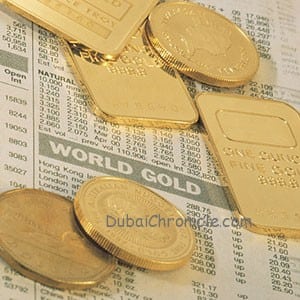
On Monday, gold futures advanced for the fourth consecutive session. Silver futures surged to above $21 for the first time since the middle of June.
Gold for December delivery added $22, or 1.7%, to settle at $1,334.20 an ounce on the New York Mercantile Exchange, adding to last week’s gain of $1.70 an ounce. The high-range close sets the stage for a steady to higher opening of the next trading session. Traders have turned bullish, signaling that sideways to higher prices are possible near-term. If the rally continues, July’s high crossing at 1348.00 is the next upside target for the gold price. A close below last Wednesday’s low crossing at 1272.10 would confirm that a short-term top has been posted.
September silver rose 93 cents, or 4.6%, to end at $21.34 an ounce. Silver hasn’t settled above $21 since June 19. In addition, the Market Vectors ETF Trust Gold Miners rose nearly 6% in recent trade.
Higher silver prices look very possible near-term. If September extends the rally off June’s low, the 25% retracement level of the September-June decline crossing at 22.486 is the next upside target. A close below the reaction low crossing at 19.600 is needed to confirm that a short-term top has been posted.
The rise in gold prices since the low of the last week has primarily been driven by silver following the better-than-expected imports of raw materials last week from China.
Another factor supporting the rise of gold futures is some investors strategy to readjust their positions to account for risk from the debt ceiling. The US Federal Reserve’s plan to slow its monetary stimulus is already factored in the market, but now investors’ concern is the debt ceiling.
During the past week, trade data and industrial-production figures from China which beat analysts’ expectations helped the December gold contract to break its six-session losing streak. The higher-than-expected import growth indicates a Chinese domestic-demand recovery, which will bode well for gold and silver demand. A stronger-than-expected Purchasing Managers’ Index data from the U.S. and Europe will likely continue to support Chinese trade data going forward.
ETF holdings in countries such as Japan and India have stayed constant when gold prices plunged during the first half of the year, signifying that Asia and emerging markets will help shape the future gold demand.
In addition, with the sumer holiday season nearing its end, investors and traders return to the financial and precious metals markets.


































